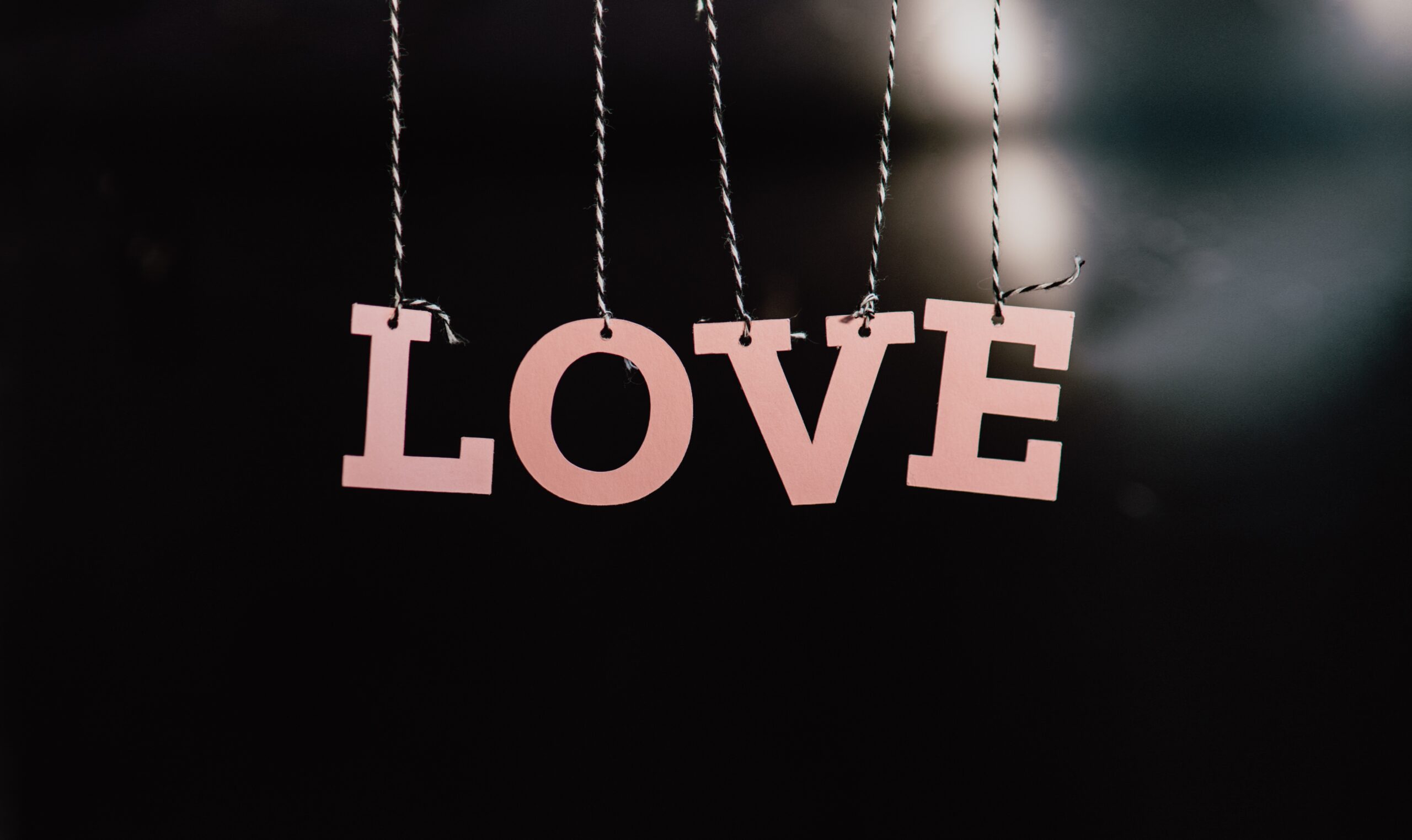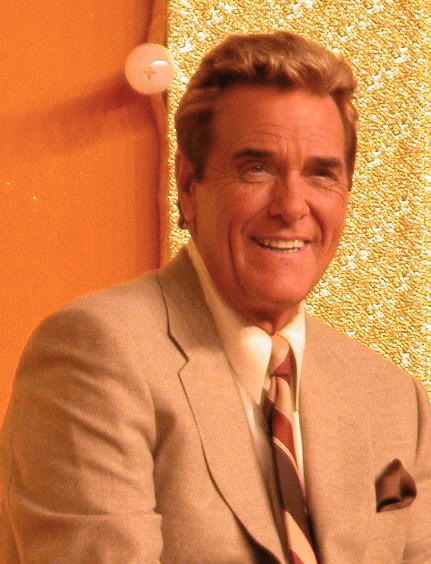Are you familiar with the dating program Love Connection? It aired from 1983 to 1994 and aimed to assist unmarried men and women discover a “love connection.”
What Exactly Was Love Connection, and How Did It Work?
Love Connection was a reality/hybrid game show that aired in the United States. The premise of the show was individuals attempting to discover compatibility and shared interests in their pursuit of an ideal date. The program was promoted as a combination of traditional romance with contemporary technology, offering viewers an opportunity to get insight into the intricate details of first encounters. The program had its syndicated debut in 1983 and ran for more than 2,000 episodes till it was cancelled in 1994. However, reruns of the show continued to screen until June 30, 1995.
Eric Lieber Productions co-produced and syndicated this program with Telepictures (1983–1986), Lorimar–Telepictures (1986–1989), Lorimar Television (1989–1991), and Warner Bros. Television (1989–1994).
Chuck Woolery hosted the program, which aired from 1983 through 1994. In this version of The Dating Game, a bachelor or bachelorette would pick between three possible dates of the opposite sex. After a short interview (which the candidate had shown in full), the audience viewed video snippets of the three possible dates. The audience is then asked to vote on the date they believe is the ideal match for the bachelor or bachelorette. The person who had already been on the blind date would now meet the person they chose. It was against the rules for contestants to see or talk to each other between their date and when they went on the show, this was their first encounter since their date. The date is introduced, and then she shows up on screen through a backstage hookup. Chuck subsequently conducts interviews with both individuals to get information on the events that transpired during their date.
There were moments when the pair genuinely connected with one another and couldn’t wait to see each other again. As a result, Chuck decided to bring the couple back together onstage. On other occasions, the dates did not go well, and in some extreme circumstances, they were a complete disaster. Chuck then presented the result of the audience vote, regardless of what had happened. If the contestant’s and the majority of the audience’s selections agreed, Chuck would congratulate the pair on their “love connection” and pay for their following date if they clicked. If the crowd voted for another contestant, or if the date did not go well, Chuck would offer to pay up to $75 for a second date with the person chosen by the audience. The contestant may choose whether or not to go on the second date, or they could opt to stay on their own. Chuck would always ask the two people whether they wish to see each other again, regardless of how clear the connection was. A second date may seem like a waste of time to an outsider, but there have been cases when it looked like the pair was having fun on their first outing but ultimately opted not to go on another. Many unsuccessful first-date hopefuls returned to the program to discuss their second date (with the person the viewers had already selected for him or her).
There were a significant number of older competitors who had never been married, were widowed, or were divorced. Most of the participants were in their twenties and looking for love for the first time (or several times).
Each broadcast typically had two or three components. On Friday programs, the audience would be asked to choose their date, and the bachelor or bachelorette would then report back a few weeks later. If not, the contestant may remain alone or choose from the previous two pairs. It was so entertaining and popular that it kept audiences captivated for years!
2017 Version
The basic idea remains the same; however, in this instance, the person who chose went on dates with all three individuals of opposite sex (or sometimes the same sex). Host Andy Cohen discloses how each participant assessed the other at the beginning of each interview between the partner and the picker. The picker will choose one of the three to go out with again during the break after three interviews. Now, the picker will get $10,000 if his or her guess coincides with that of the crowd. If not, the picker will have to choose between the money, the audience’s selection, and the date. After the first season, the picker no longer wins the $10,000 if the public selects a prospective candidate different from the one chosen by the picker. However, the picker will still be granted the opportunity to go on a date with their initial choice.
Interesting Facts About the Love Connection
- “Two and Two” became Chuck Woolery’s catchphrase on the program. Although he usually just said “in a couple minutes” or “in two minutes,” the line meant that the show would be back in two minutes and two seconds because of commercials. Before he came up with the catchphrase, he said “two minutes (and) two seconds.”
- Approximately 22,000 couples were introduced on the first program, and 31 of them tied the knot. In 2008, a new host, Pat Francisco, and a fresh format were added to the program. The most significant change was that there would no longer be any blind dates. The contestants were now given the chance to conduct interviews with their prospective partners before making their final decision. The change to this program’s concept, however, was not well welcomed by viewers of the old show or by anybody else, and the show was ultimately discontinued in the year 2010.
- Love Connection was inspired by a video dating service advertisement. Eric Lieber, the show’s creator, was aware that there are many individuals who may want to discover “the one” on television.
- Lou Martini Jr. (Louis Azzara) appeared on this program before The Sopranos. He appeared on the program in the late 1980s. Even though he and his date Angela hit it off, he moved on to pursue acting instead of a serious relationship. He was Johnny Sack’s brother-in-law, Anthony Infante, in The Sopranos.
- A PALIO rating was given to each contestant. Personality, Appearance, Lifestyle, Intelligence, and Occupation are its acronyms. Potential competitors were questioned by staff members who then scored them to see whether or not they would make excellent contenders.
- In 1987, the world welcomed its first Love Connection baby. Zachary was the first child delivered from a Love Connection. John Schultz and Kathleen Van Diggelen were his parents. Their date did not appear on television, but they did get married during an episode of Hollywood Squares.
To Sum Up
Love Connection emerged as one of the pioneering reality dating programs in the realm of television, garnering substantial viewership and achieving remarkable ratings. This phenomenon facilitated a shift in societal perspectives towards the concepts of dating and relationships. The phenomenon had a significant influence on the realm of popular culture.
It was one of the first programs on television to bring together real-life people who were looking for romantic partners. Prior to the airing of the program, the majority of people did not consider dating to be something that has the potential to be amusing or thrilling. That was before Love Connection transformed people’s minds and shown that dating might really be exciting. The program also demonstrated that there is no shame in being a single person in search of a romantic partner.



